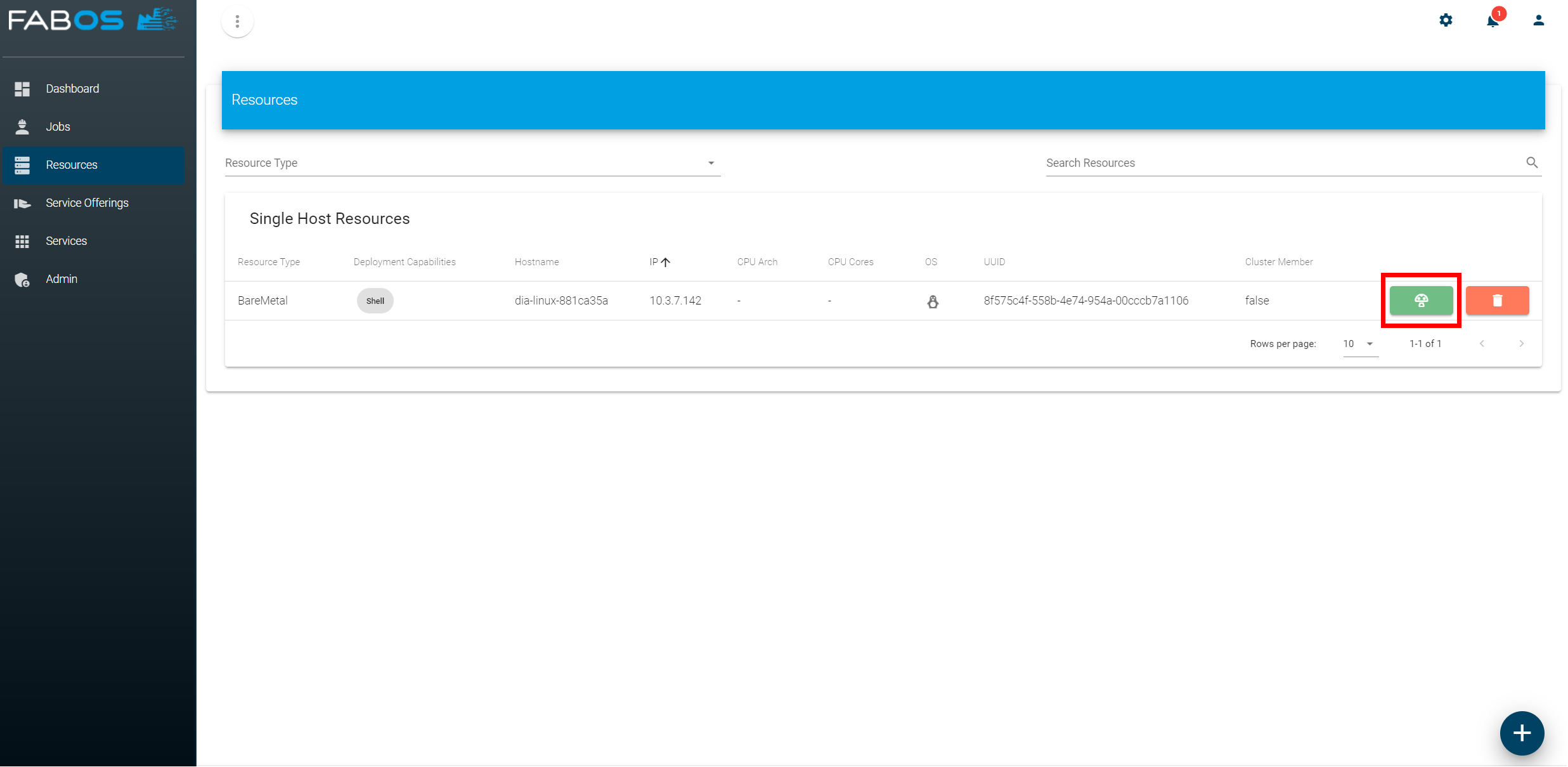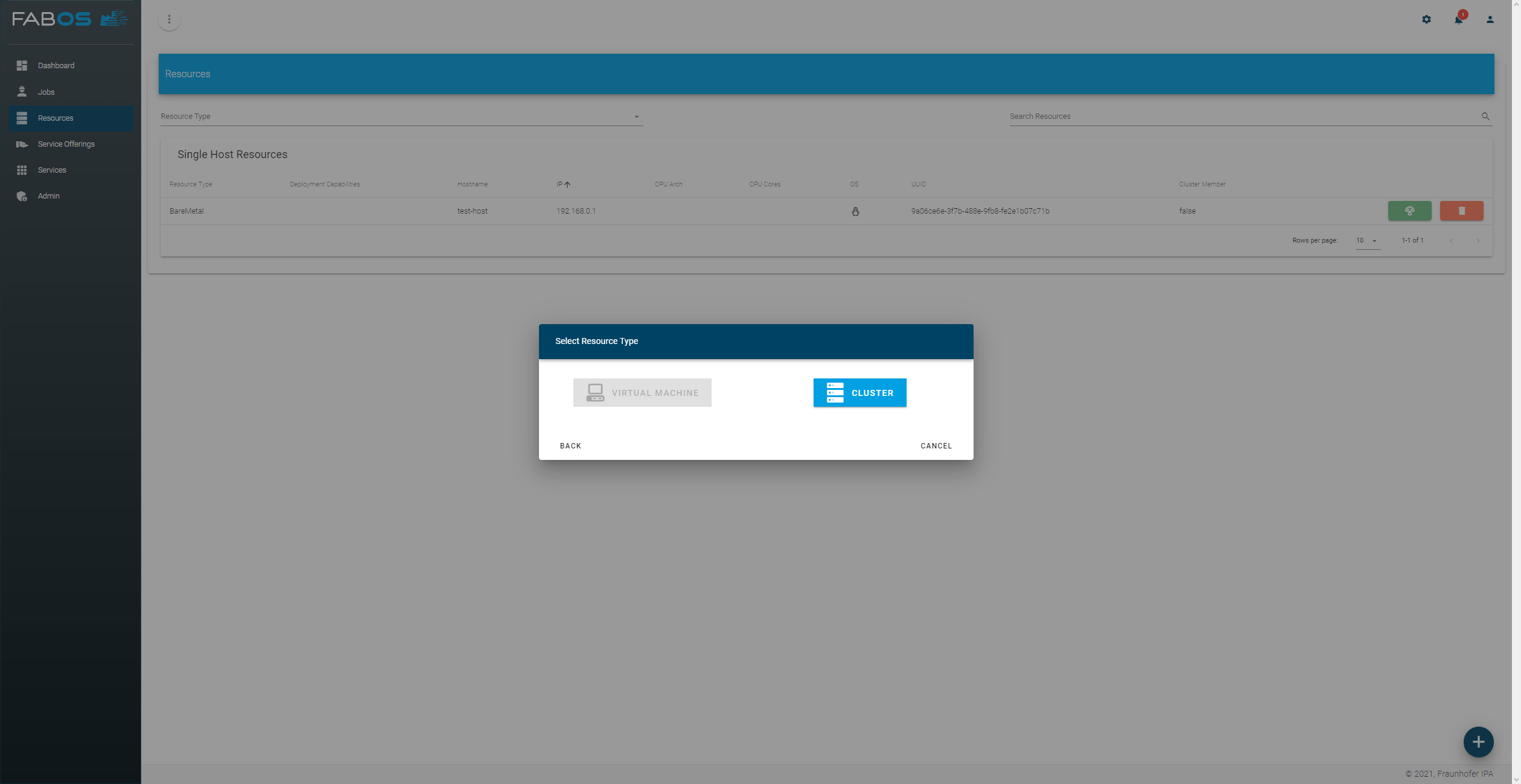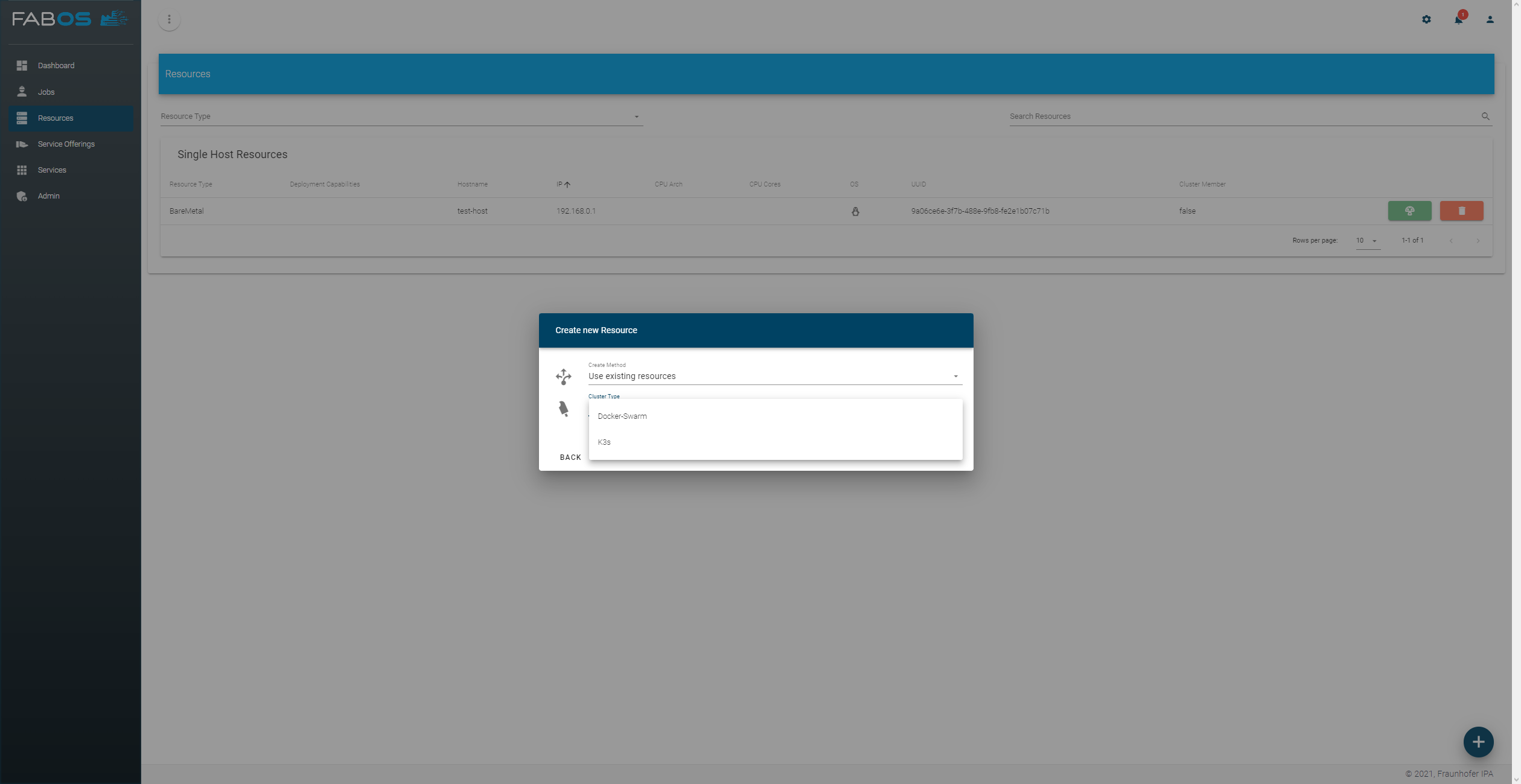# Installation
# Prerequisites
- Docker
- Docker Compose
# Download
Download the latest version of slm-setup-compose.zip from the releases page on GitHub (opens new window), which contains the compose files of the stack.
# Start
Set in the file .env the variable SLM_HOSTNAME to the hostname of the host where the stack will be started. E.g.:
SLM_HOSTNAME=myhost.local
ATTENTION
Use lowercase for the hostname to avoid case problems (e.g. with token authentication)
Start the whole stack:
docker-compose up -d
# Stop
Stop the whole docker compose:
docker-compose down --remove-orphans
If you want to delete the data add the --volumes flag:
docker-compose down --remove-orphans --volumes
# Components
# Ports
The different components of the stack can be reached under the following ports:
- AWX: http://myhost.local:80
- Consul: http://myhost.local:8500
- Keycloak: http://myhost.local:7080
- Resource Registry: http://myhost.local:9010
- Service Registry: http://myhost.local:9020
- Vault: http://myhost.local:8200
- UI: http://myhost.local:8080
ATTENTION
You need to replace myhost.local with the hostname of the host where you have installated the Service Lifecycle Management (see section Start).
# Get configuration
Most of the settings and credentials are created automatically during first start of the stack. If you want to access the different components of the Service Lifecycle Management stack you need to export the configuration. Wait until the stack is fully started and all init containers have stopped. Then run the config exporter container:
docker-compose up --force-recreate config-exporter
It will generate by default a sub-directory config/_conf_generated relative to your docker-compose.yml file containing
the configuration of the setup stack (slm-config.yml). If you want another target directory edit in file config-exporter.yml
the host path of this volume:
- ./config:/project
# Known Issues
# Default Deployment Capabilities missing
By default the SLM setup routine adds deployment capabilities for
- docker
- docker-swarm
- k3s
which are added during the initial startup. In rare cases this adding process fails and consequently no deployment capabilities are available in the UI:
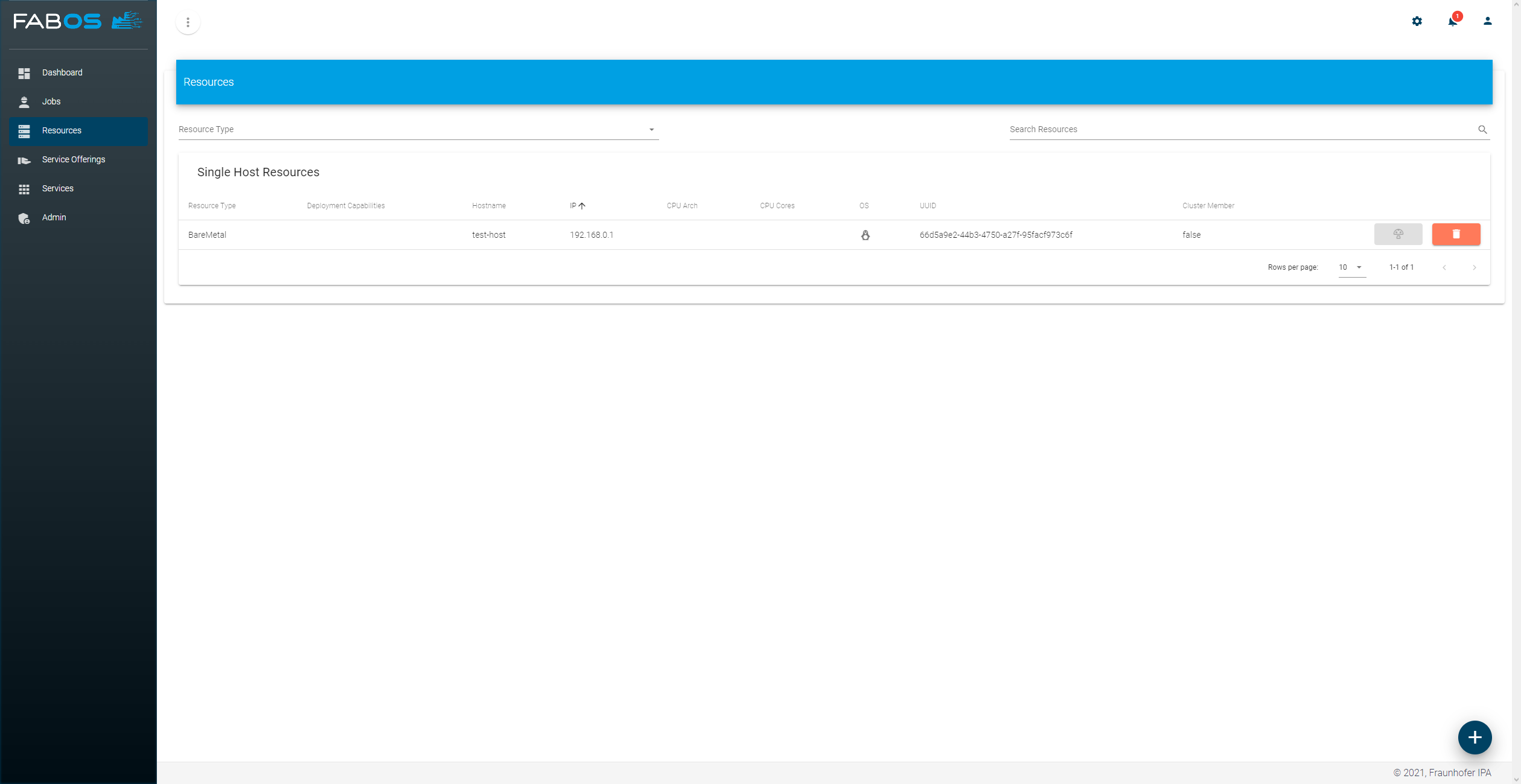
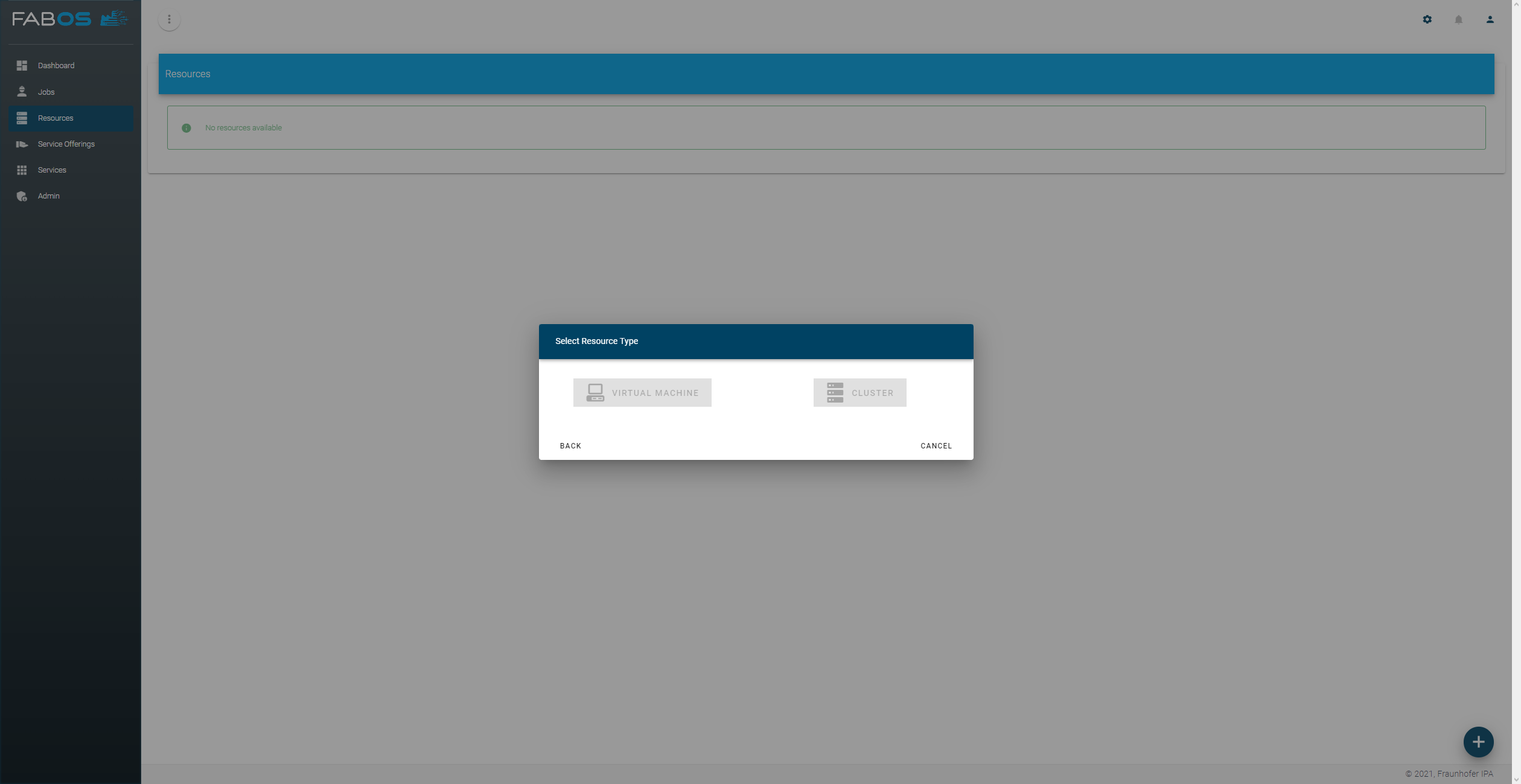
To fix this start the container resource-registry-init again by running:
docker-compose up -d resource-registry-init
After the container has started and has added the deployment capabilities and it will stop by itself. The capabilities (single host and cluster) should be available after reloading the ui:
